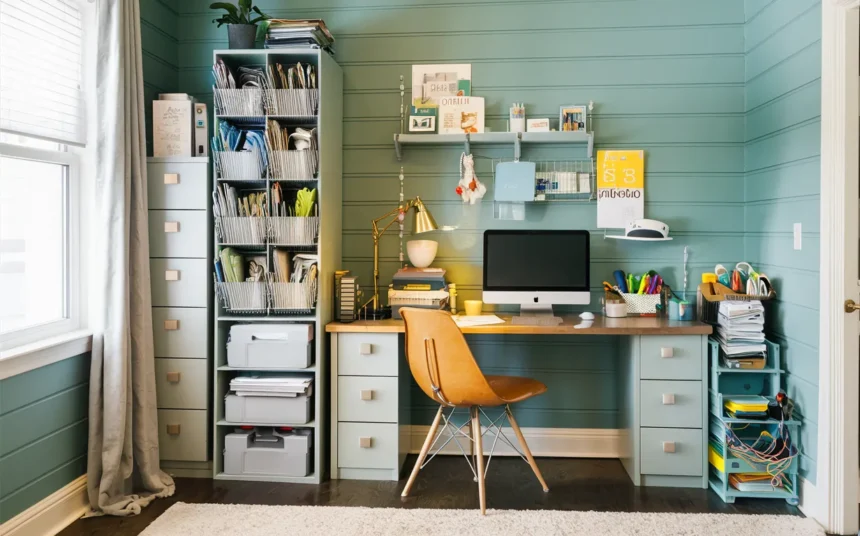The rise of the maker movement, home-based entrepreneurship, and remote trades has revolutionized how people build, create, and innovate. From 3D printers in garages to tool-packed basements, DIY workspaces are no longer just side hobbies—they’re hubs of productivity. But are our workstations evolving to meet the new demands of modern makers?
From Static to Dynamic Spaces
Traditionally, workbenches and tool setups were fixed in place—often built heavy and immobile to handle tough jobs. However, as hobbyists and professionals alike work in multi-use spaces like garages, sheds, and even apartments, flexibility has become a major priority.
Today’s creators need to move between tasks quickly, shift layouts to accommodate new tools, or store their gear when not in use. This has sparked a redesign in the way DIY workspaces are built, with portability and modularity leading the way.
Modular Tools, Smarter Layouts
Modern makers don’t just rely on a hammer and saw—they use CNC machines, laser cutters, soldering kits, and even IoT tools that require electricity, ventilation, and mobility. Because of this, static benches and shelves no longer make the cut.
Instead, modular setups with attachable components, customizable surfaces, and interchangeable tool mounts are becoming the norm. These allow creators to personalize their setups and reconfigure them based on the day’s tasks.
Mobility: The Unsung Hero
One of the quiet revolutions in this space is the focus on mobility. Being able to roll a bench into better lighting, out of the way of a vehicle, or closer to a power source offers major convenience. Whether you’re cutting lumber or assembling electronics, being able to reposition your workspace can reduce strain and improve safety.
That’s why many creators are upgrading their stations with workbench casters—durable, locking wheels that transform a fixed workbench into a mobile tool hub. This small modification can dramatically improve how a workspace functions, especially in tight or shared spaces.
Built for More Than Just Storage
A dynamic DIY workspace isn’t just about efficient storage; it’s about improving the entire creative process. From lowering fatigue by working at the right height to creating more room for collaboration or digital integrations, the design of a maker’s bench can directly influence their output and enjoyment.
With remote work and side hustles on the rise, the boundary between home and workshop continues to blur. That means more people need workspaces that are agile, compact, and capable of supporting multiple disciplines.
The Future of the DIY Workshop
As the maker landscape evolves, so too must the environments we build in. Whether you’re crafting furniture, coding robotics, or repairing vintage gear, your workspace should work just as hard—and move just as freely—as you do.
For today’s DIYer, mobility is no longer optional. It’s the foundation of a smarter, more productive workspace.


